| Uropyia | |
|---|---|
 | |
| Uropyia meticulodina | |
| Scientific classification | |
| Kingdom: | |
| Phylum: | |
| Class: | |
| Order: | |
| Family: | |
| Subfamily: | |
| Genus: | Uropyia Staudinger, 1892 |
| Synonyms | |
| |
Uropyia is a genus of moths of the family Notodontidae described by Staudinger in 1892. [1]
| Uropyia | |
|---|---|
 | |
| Uropyia meticulodina | |
| Scientific classification | |
| Kingdom: | |
| Phylum: | |
| Class: | |
| Order: | |
| Family: | |
| Subfamily: | |
| Genus: | Uropyia Staudinger, 1892 |
| Synonyms | |
| |
Uropyia is a genus of moths of the family Notodontidae described by Staudinger in 1892. [1]
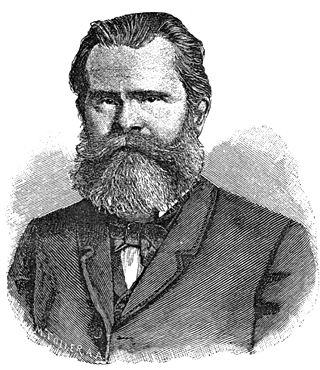
Otto Staudinger was a German entomologist and a natural history dealer considered one of the largest in the world specialising in the collection and sale of insects to museums, scientific institutions, and individuals.
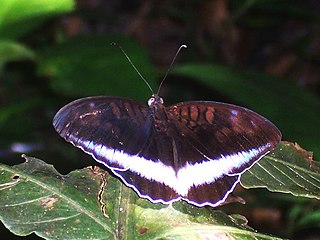
The Limenitidinae are a subfamily of butterflies that includes the admirals and relatives. The common names of many species and genera reference military ranks or – namely the Adoliadini – titles of nobility, in reference to these butterflies' large size, bold patterns, and dashing flight. In particular, the light stripe running lengthwise across the wings of many Limenitidini has reminded earlier authors of officers' shoulder marks and epaulets.
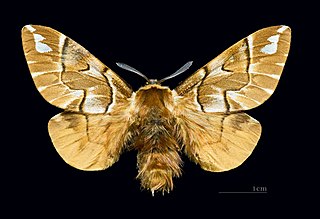
Endromidae is a family of moths. It was long considered to be a monotypic family, containing just one species, the Kentish glory, Endromis versicolora, found throughout the Palaearctic region. The family now consists of several genera and about 30 species, all former members of the family Bombycidae.
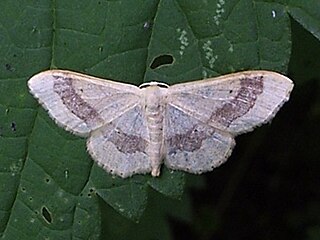
Idaea, sometimes called Hyriogona, is a large genus of geometer moths. It was erected by Georg Friedrich Treitschke in 1825. They are found nearly worldwide, with many native to the Mediterranean, the African savannas, and the deserts of western Asia.

Acontiinae is a subfamily of bird dropping moths in the family Noctuidae. There are more than 50 genera and 430 described species in Acontiinae, found worldwide in temperate and tropical climates.

Hadenini is a tribe of cutworm or dart moths in the family Noctuidae. There are more than 140 genera and 1,000 described species in Hadenini, found worldwide.

Micropentila is a genus of butterflies in the family Lycaenidae, endemic to the Afrotropics.

Paidia is a genus of moths in the family Erebidae erected by Jacob Hübner in 1819.
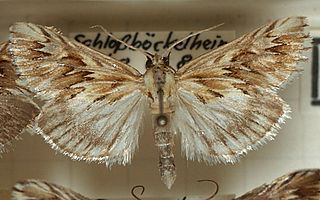
Cynaeda is a genus of moths of the family Crambidae.

Drasteria is a genus of moths in the family Erebidae.

Philereme is a genus of moths in the family Geometridae erected by Jacob Hübner in 1825. It is the only genus in tribe Phileremini.

Rhodostrophia is a genus of moths in the family Geometridae erected by Jacob Hübner in 1823.
Catocala remissa is a moth of the family Erebidae first described by Otto Staudinger in 1892. It is found in Turkmenistan and Kazakhstan.

Zelleria is a genus of moths of the family Yponomeutidae.

Laothoe is a genus of moths in the family Sphingidae first distinguished by Johan Christian Fabricius in 1807.

Uropyia meticulodina is a species of moth of the family Notodontidae first described by Oberthür in 1884. It is found in Taiwan, Japan and the Chinese provinces of Yunnan, Hubei and Shaanxi.

Dyspessa is a genus of moths belonging to the family Cossidae. It was described by Jacob Hübner in 1820.
Catocala eminens is a moth in the family Erebidae first described by Otto Staudinger in 1892. It is found in south-eastern Siberia.
Catocala koreana is a moth in the family Erebidae first described by Staudinger in 1892. It is found in Japan, Korea and south-eastern Siberia.